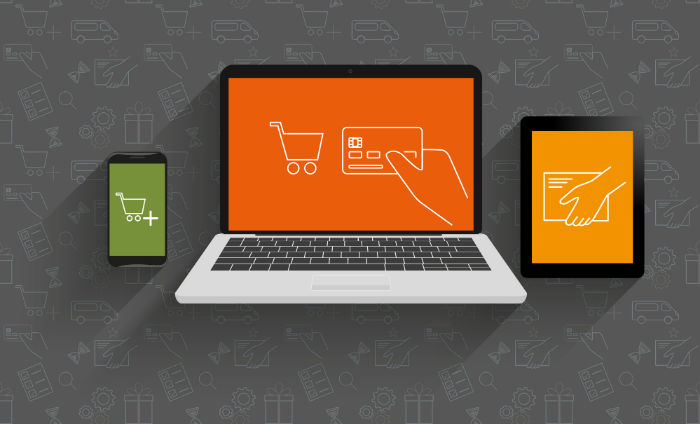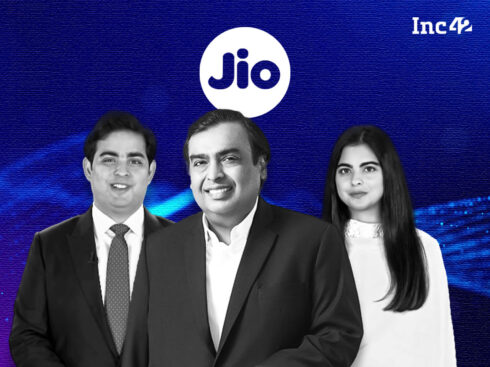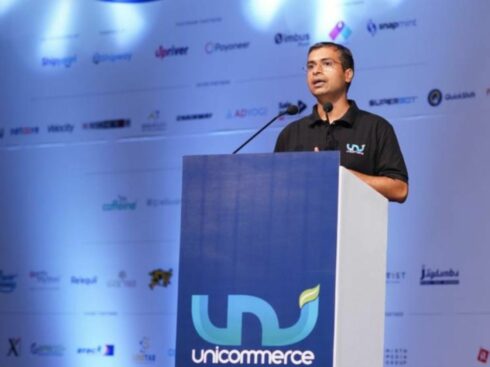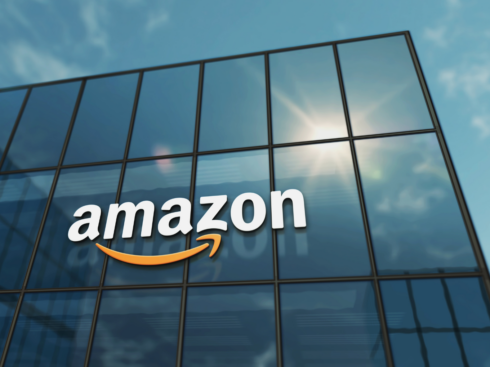
The retail industry is one of the most fascinating domains today. There is a wave of massive technological disruption that is sweeping across the segment. These disruptions are driven by the pressures that the industry is dealing with, such as customer showrooming, evolving payment ecosystem, a meteoric rise in online shopping tendencies and the constant danger of being the target of the next high-profile security breach.
Omni-Channel evolution and forecast
The digital rush started in the year 2000 with the advent of websites in the retail segment, and every noteworthy retail brand made a dash to get onboard the online-retail bandwagon to reach customers through the World Wide Web. Online retail became an industry fad. The digital retail segment further evolved, and significantly, with the integration of social media, around the year 2010. Thereafter emerged multiple digital platforms which took the retail industry by storm.
The emergence of multiple digital platforms and their convergence birthed the Omni-Channel retailing phenomenon. The anticipated online retail sale in India is projected to grow up to $70 Bn by the year 2020 as reported by Accel and KPMG. The report also states that online will drive more than 5% of the overall retail sales; almost $1.2 Tn before 2020. There are several surveys being conducted to gauge the developments in the industry and a report by KPMG and M&E states that brands are spending more than 9% of their marketing budget on the digital medium and are finding ways to maximize Return On Investment (ROI).
However, prior to delving into the evolving Omni-Channel retail segment and related markets, it is essential to first get a better understanding of Omni-Channel Retail. Omni-Channel is a multi-channel approach to sales that seeks to provide the customer with a seamless shopping experience whether the customer is shopping online from a desktop or mobile device, over telephone or in a brick-and-mortar store.
Here it would be pertinent to note that almost 69% of the internet traffic consumption in India happens through mobile phones.
The reciprocally growing industries of Omni-Channel Retail and SaaS
Along with the technological advancements, consumers have also evolved and now demand for anytime, anywhere access to content through multiple channels. They are spending more time on digital channels than on traditional media. In view of this, retailers today are required to inculcate an Omni-Channel mindset for their own survival and growth. To execute this seamlessly, they have two choices. The first is by adopting the enterprise-class platform – licensed based model such as Hybris and IBM Websphere, and the second is to take up a SaaS-based enterprise Omni-Channel platform such as MartJack.
However, a comparative analysis of both the options shows that SaaS-based models have an edge over the other. Consequently, SaaS-based models are fast paving their way into the industry with faster adoption rates.
There are several reasons why marketers are increasingly opting for SaaS-based models. The foremost is the flexibility provided by such technology. Marketers need freedom to run new promotions and campaigns or stop them as and when necessary. License-based models primarily make the business users highly dependent on IT teams. However, with SaaS-based Models they can access the systems from web, mobile, tablet anytime, anywhere with less or no intervention from the IT division. This also helps them to take their marketing-driven ideas live in real time. License-based models are somewhat archaic and require users to spend a lot of time on them before they can be executed.
Likewise, marketers also need to keep a check on the company budget set aside for the purpose, as they cannot go beyond the stipulated amount. License models come with huge licensing costs, server costs, server monitoring costs, security costs, costs for building the solution etc. Conversely, enterprise class SaaS-based models have a pre-packed solution, and come with no hidden costs. The costs are usually spread across a minimal one time investment and monthly subscription and are mostly operational investments. This also makes the latter more cost-effective and enables the marketer to do more within a set budget.
Finally, as omni-channel commerce is consumer focused, technology needs to be up and running all the time. In the license-based model, servers are owned by the brand itself and the IT team has to keep a steady eye on the uptime of servers. The team has to work on a war footing if something breaks. On the other hand, in SaaS-based models IT folks can have a good night’s sleep as the entire IT infrastructure is managed by the SaaS solution company.
It is therefore evident that SaaS and digital commerce are the two most significant markets in India right now, bullishly expanding, both vertically and horizontally. and hold immense potential. These are certainly exciting and sometimes even nerve-wracking times for the retail segment. In view of this, it has become pertinent for the retail industry to reinvent itself as Omni Channel marketers, as it looks to thrive on customer relationship, relevancy and reciprocity.


























